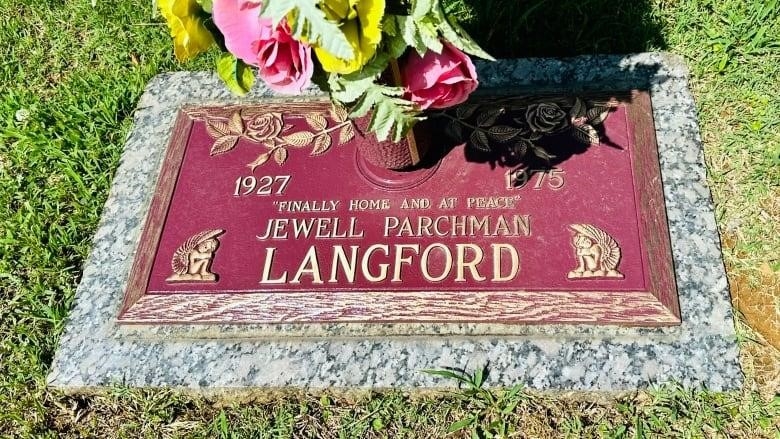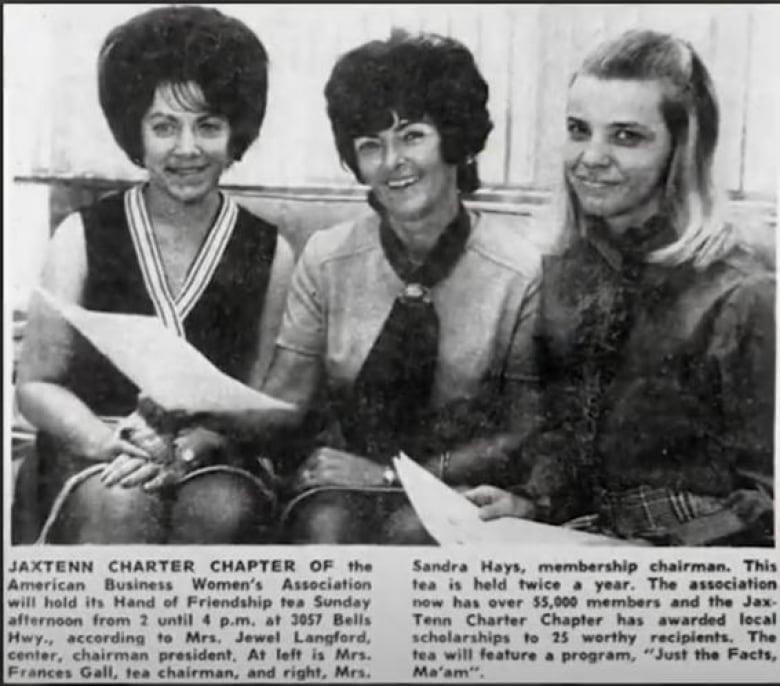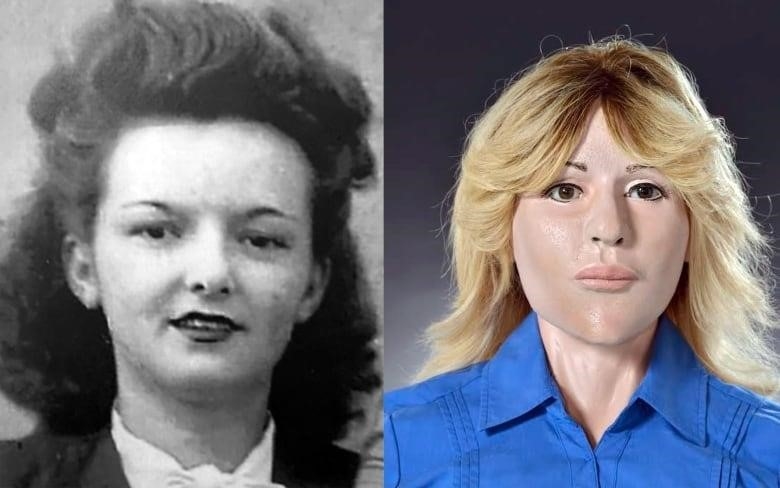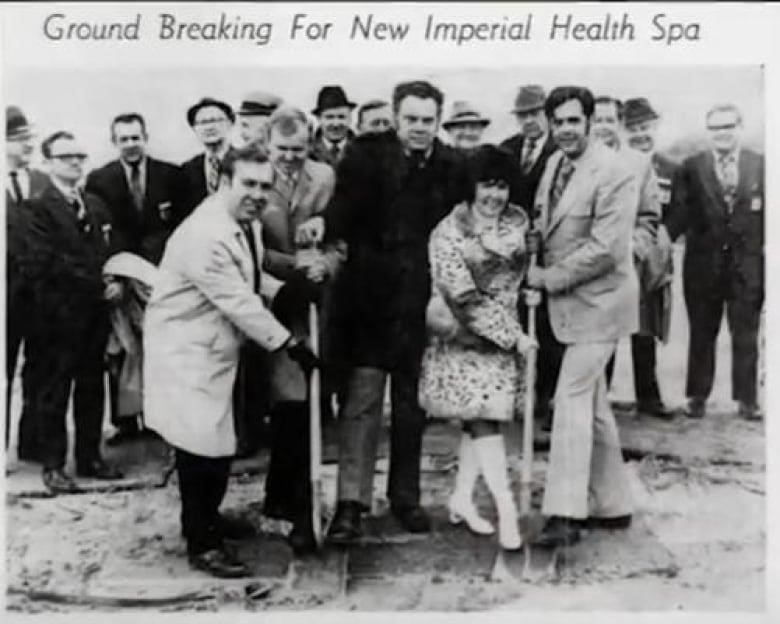
The remains of Jewell Langford were found east of Ottawa in 1975. They were identified 45 years later
The Ontario Provincial Police (OPP) gave more information about how they finally found the remains of the woman who went missing decades ago and became known as the Nation River Lady.
OPP said that the remains were first linked to Jewell Langford in 2020, when forensic genealogy was used to successfully match a DNA profile. It’s thought to be the first time this method has been used to find human remains in Canada.
Langford’s body was dropped from a bridge on Highway 417 near Casselman, Ont., between Ottawa and Montreal, in May 1975. This is one of the most well-known cold cases in Canada.
Langford was 48 years old when she died. Investigators say she went to Montreal from her home in Tennessee right before her family reported her missing.

Langford’s family told police that she was a well-liked person in the neighborhood. She and her ex-husband ran a successful health spa business together. She was also the chair and president of the local chapter of the American Business Women’s Association.
Dirk Huyer, the chief coroner for Ontario, said that Langford’s family didn’t know where she was or what happened to her for decades.
“Unfortunately, we now know, and tragically, we know that it wasn’t what they had hoped for,” he said.
Few tools for finding out what happened
Over the years, the coroner’s office worked with the OPP and the Centre for Forensic Sciences to try to identify the remains. Huyer said that the “many different efforts and attempts” were based on the limited forensic methods that were available at the time.
A forensic dentist was able to identify what was called a “very unique dental appliance.” The dentist took a picture of it and shared it in a dentistry magazine, but that didn’t lead to any new information either.

Late in 2019, the OPP, with help from the chief coroner and members of the Centre for Forensic Sciences, dug up the body and got a new DNA profile.
“Because DNA science was changing and getting better, we decided to get a new DNA profile based on the new technology and science that was out there,” Huyer said.
The results come from a new DNA profil
Huyer said that even though decades had passed, a “very effective and clear” DNA profile was still able to be found and made.
Then, that sample was sent to a group in the U.S. that works with law enforcement to use genetic genealogy to find out who is related to whom through their DNA.
“A genealogy and family tree analysis linked the DNA sample to others, which made it more likely that Miss Langford’s unidentified remains were hers,” Huyer said.
At this point, investigators met with Langford’s surviving family members, many of whom were his nieces, to get DNA samples from the family.
The identification was confirmed at the Centre for Forensic Sciences in Toronto, where the samples were taken.

Huyer said that Langford’s family was then told the news.
“It was a hard and emotional meeting, but I think the family finally got the answers they needed to make sense of their loved one’s tragic death,” he said.
With Langford’s identity confirmed, the coroner’s office, the OPP, and the Montreal police began a long investigation., FBI, as well as the Canadian and American justice departments.
Rodney Nichols, who is 81, has been accused of killing someone. He now lives in Florida, but he is wanted to be sent to another country.
